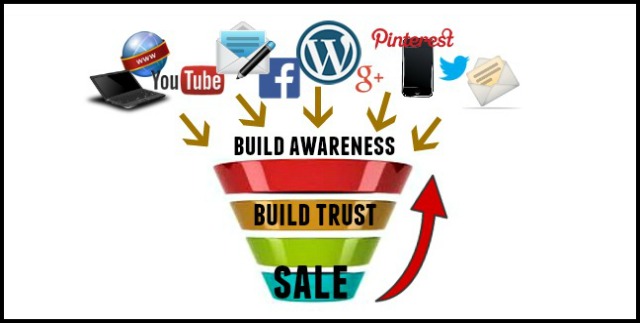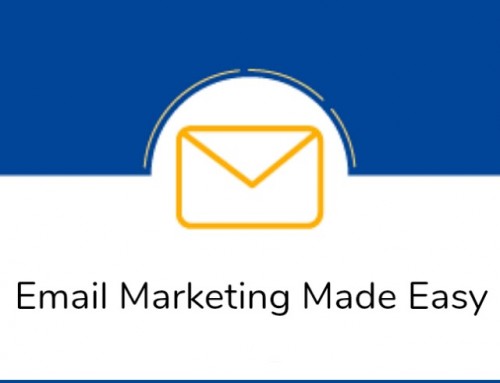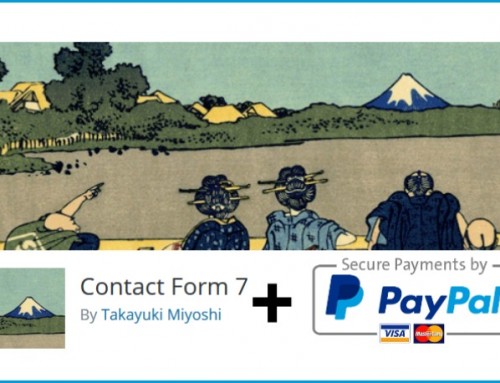There are so many misconceptions and misunderstandings about marketing.
In my Special Marketing Report (see our home page or sidebar to find out how to get this for free if you haven’t done so already) I explain some of the myths and misconceptions to set the record straight. Hopefully you’ve now read the Special Report and you’re ready for more information on this fascinating aspect of business.
Today, let’s discuss timing using a very simple example…
Imagine you made a decision to change your car. Your mind is therefore looking for data on cars, especially the make and model you are most interested in.
Your behaviour changes as you scan the internet for information, reviews, pictures of this particular car. When driving, you notice how many are on the road, something you haven’t noticed before.
During this phase in your life, you are receptive to any marketing material about cars, especially the make and model which attracts you the most.
Because your “receptors” are so finely tuned on the subject of cars, you will respond more positively to the marketing your receive.
Let’s more on a few weeks and imagine for a moment that you have purchased the new car and of course, you’re delighted with it.
For a while after the purchase you continue to receive marketing about cars. How would you be feeling when a brochure lands on your doorstep or an email arrives in your inbox? My guess is your level of interest has significantly reduced, to the extent that you will immediately “bin” the information.
So, in essence, the timing of the marketing is now too late. Your buy button has been retracted and instead of the information being close to the most important issue in your life, it is now junk and unwanted.
For large purchases like a car, timing is extremely important and this is why most car showrooms understand that speed of response, excellent follow up and most of all, getting you into their test car is vital. These businesses recognise their marketing efforts need to be highly responsive, and designed to “drive” you into their sales system i.e. take a test drive and talk to their salesperson.
Note what I say here. Recognise that this is a multi-step marketing process. Of course, some people walk into showrooms, know exactly what they want and are ready to order the car, which is purely a sales system in operation. But, most car sales happen through a process or system. Have you similar systems in your business?
Let’s move away from this example and discuss the key points…
- Because you never know whether your prospect is ready to buy, you must continue to market to them until they are captured in your sales system.
- This means that you must ensure you have both marketing and sales systems in place to maximise your opportunities.
- If you believe that sending one piece of marketing to a prospect is enough, then think about your life and how it changes from week to week, month to month. If you received one contact from a company, would this really entice you enough to buy from them? I doubt it, although there are always exceptions. However, if you received a stream of contacts over a period of time, your trust in the company and recognition about who they are and what they do significantly increases. And, with this increased certainty, you are more likely to buy from them, if and when your interest in the product grows to the point that you are ready to buy. At this stage, the seller you recognise i.e. because you have received more information and marketing from them, is in prime position for your business.
Of course, there are always situations where a one-time offer/marketing piece may work such as a closing down sale. But, on the whole people naturally buy from businesses they know and trust. How can you ensure your prospect knows and trusts you if you have communicated to them once?
 There’s a business truth that whenever two people are to contract in a sales situation, one of them takes most of the risk.
There’s a business truth that whenever two people are to contract in a sales situation, one of them takes most of the risk.
The risk to you as a seller is whether the buyer has the funds and/or pays for the goods on time, unless it is a cash purchase.
The risk to the buyer is whether you are a trustworthy company to buy from.
- Will you deliver the exact goods or services to the standard the buyer requires, and deliver on time?
- Additionally, will you provide the support required after the sale should something go wrong?
The buyer has more risk to consider.
In situations like this, the buyer may have multiple barriers in place before they push the buy button. Without doubt one or more of these barriers will revolve around the buyer’s ability to trust you, the seller. Your marketing over a period of time can go a long way to lower these barriers. However, the chances of you being successful at achieving this with a one-off marketing campaign are virtually nil, unless your business is a household name and/or already well known to the prospect.
There’s a lot to consider in this article. The important message is this. You need to be marketing to prospects frequently as you never know when they may be ready to buy. It’s their agenda that matters, not yours.
Marketing to a prospect is not a one shot deal and now you know why.







I could not resist commenting. Very well written!